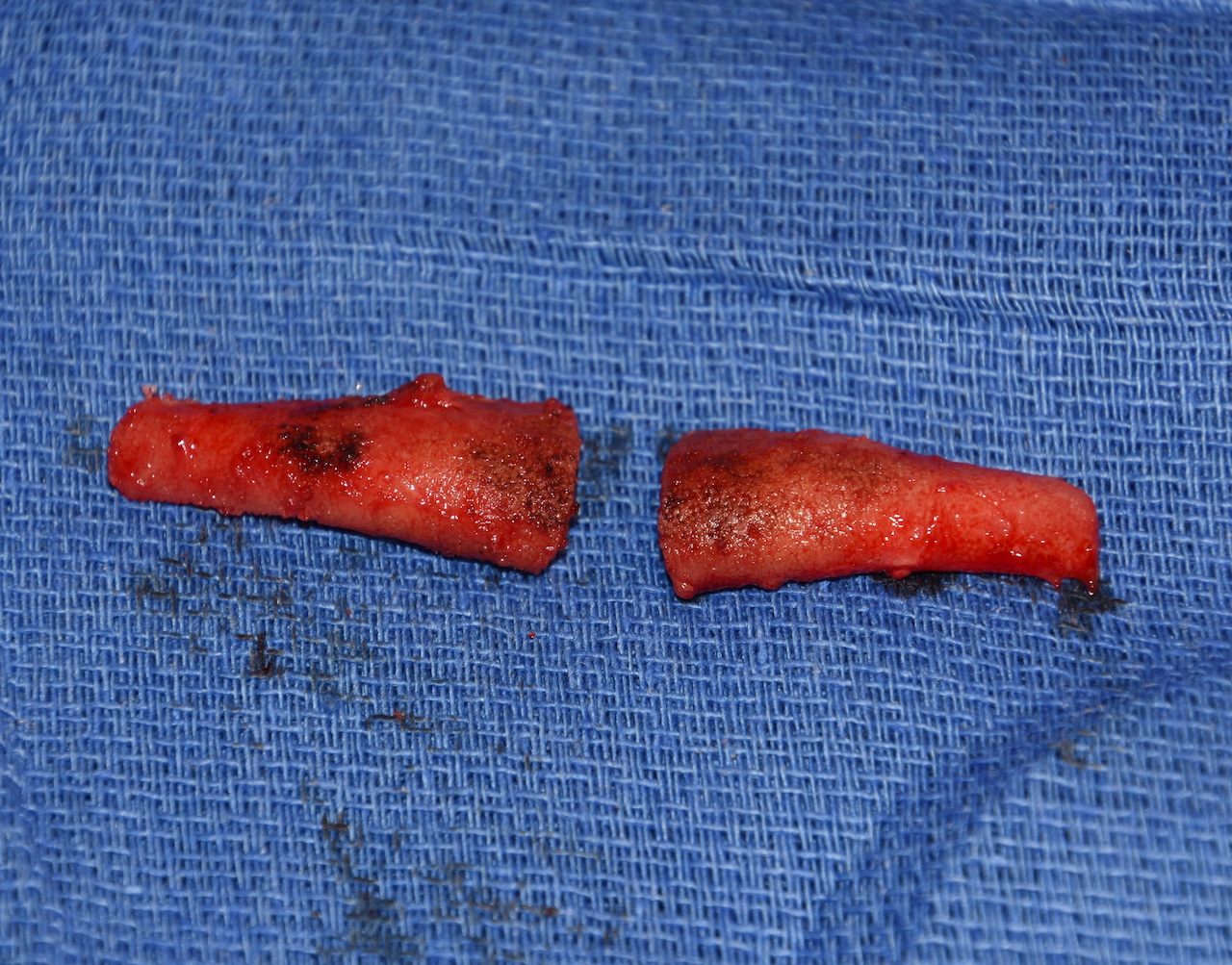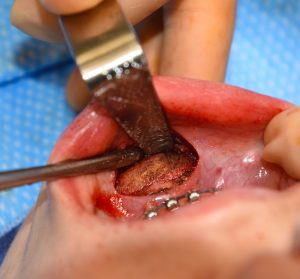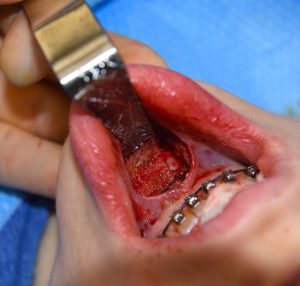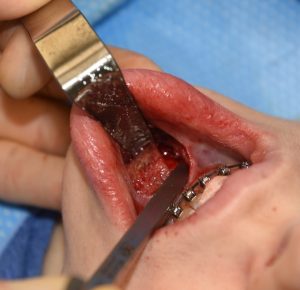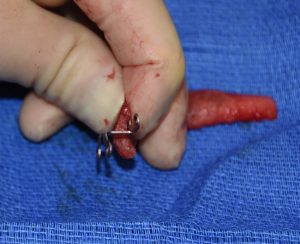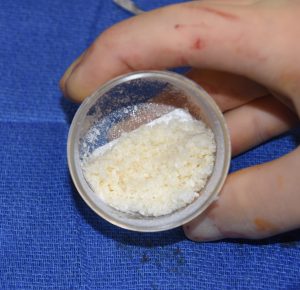Background: There are numerous factors to consider in chin augmentation from the method (implant vs osteotomy), material if an implant is used, to the dimensional changes required to achieve the desired effect. Despite the variety of options available successful results can be achieved with a wide variety of combinations of these factors provided it is possible to get close to the patient’s aesthetic goals.
Unfortunately too often the surgeon’s or patient’s predilection for a particular chin augmentation method can get in the way of achieving a satisfactory outcome. This is putting the proverbial cart before the horse. The first step in any chin augmentation patient is to determine as best as possible the specific dimensional requirements (horizontal projection, vertical length or shortening and lesser or greater chin width) needed to achieve the chin change the patient desires. Then the chin augmentation method can be selected that best can make those dimensional changes.
One factor that is often overlooked, even though it is not a major consideration on the list when considering chin augmentation methods, is how easy is it to reverse or changes if the patient doesn’t like it. By far the silicone chin implant is the easiest to reverse and the sliding genioplasty and Medpor chin implants are the hardest. In my experience I would consider the sliding genioplasty easier to revise/change than the Medpor chin implant. But despite its aggressive soft tissue attachment, difficult in removal should not be confused with impossible or ill-advised.
Case Study: This female had a prior Medpor chin implant done through a submental incisional approach. For her it did not have enough projection and made the chin a little wide. She preferred to have it removed and replaced with a sliding genioplasty that had more projection which she felt should be 3mms more. She did not know how much projection her current implant provided.
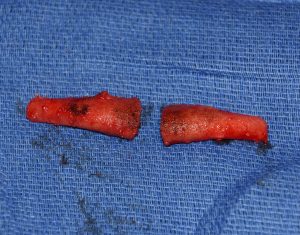
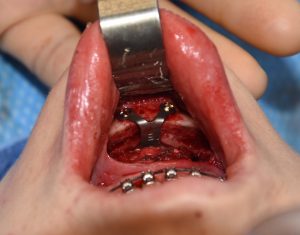
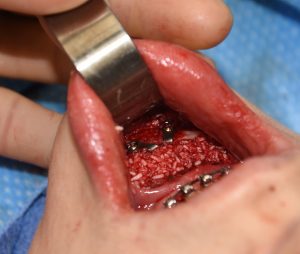

Medpor chin implants, while not as easy to remove as a silicone implant, can be safely and completely removed with good surgical technique. It is important to be aware of the sensory mental and motor marginal mandibular nerve locations to avoid as best as possible injury to them. Although it is important that the patient understand that such injuries are not completely avoidable due to the aggressive tissue ingrowth characteristic of the implant material.
Case Highlights:
1) The Medpor chin implant for some females makes their chin too wide as does any chin implant that has wings.
2) A Medpor chin implant can be safely removed from an intraoral approach, regardless of how it was placed, when it is going to be replaced by a sliding genioplasty.
3) The current projection of the removed Medpor chin implant can be measured and used to determine how much bone movement is needed for the sliding genioplasty.
Dr. Barry Eppley
Indianapolis, Indiana

